In case you haven’t read my similar piece on Madrid, this isn’t meant to be an earth-shattering narrative. It’s merely me musing over the highlights of my trip to Seville in the Andalusia region of Spain. It’s really for my own recollection, but if it happens to inspire or amuse you, that’s great!
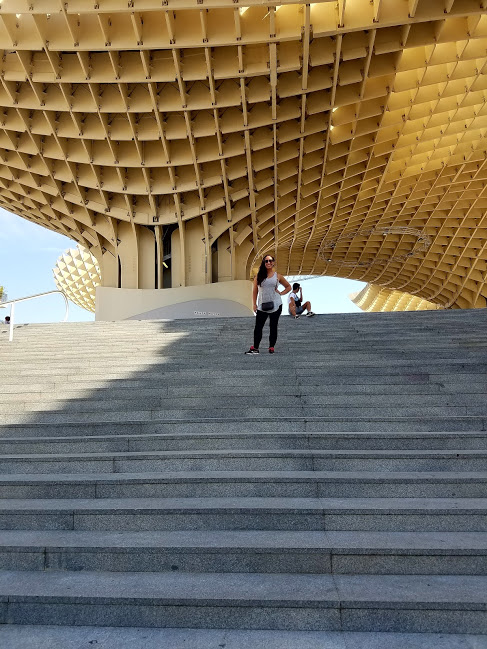
When I planned a trip to Spain with my best friend, I had no intentions of seeing Seville. In fact, I knew nothing about it. At the recommendation of a friend, I added it rather last-minute to our itinerary.
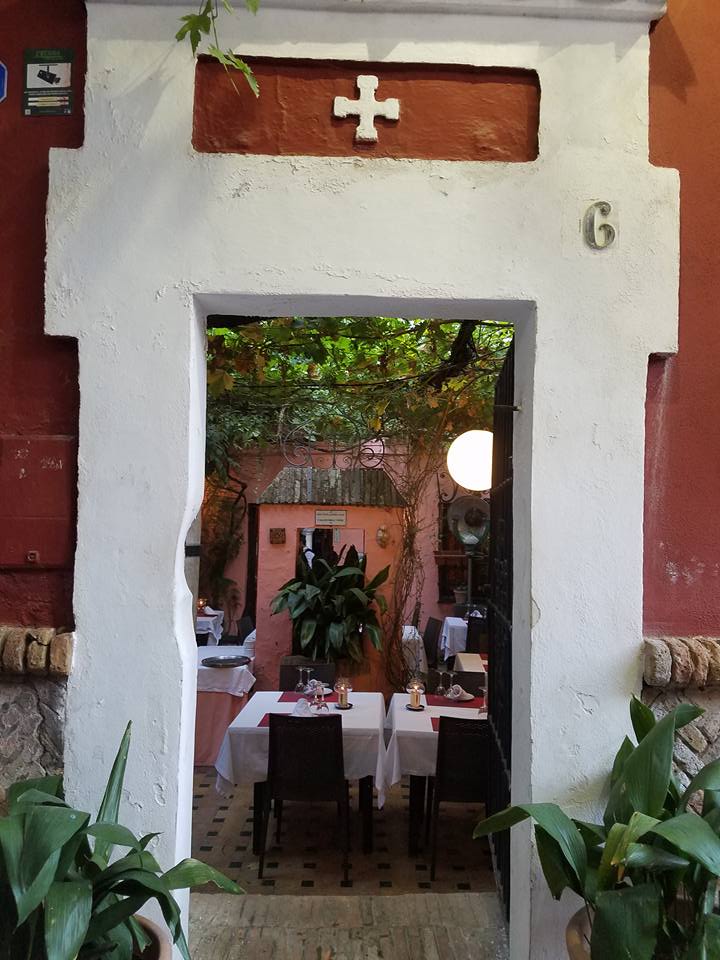
We would be there for three days, and three days was all it took for me to fall in love with Seville. We use that phrase a lot, don’t we? Especially in terms of places. Seville, however, is a rather remarkable example of personification. I imagine her as both a woman and a man in one body, but with red lips and her eyes in a permanent state of mourning, waiting on the return of a true love.
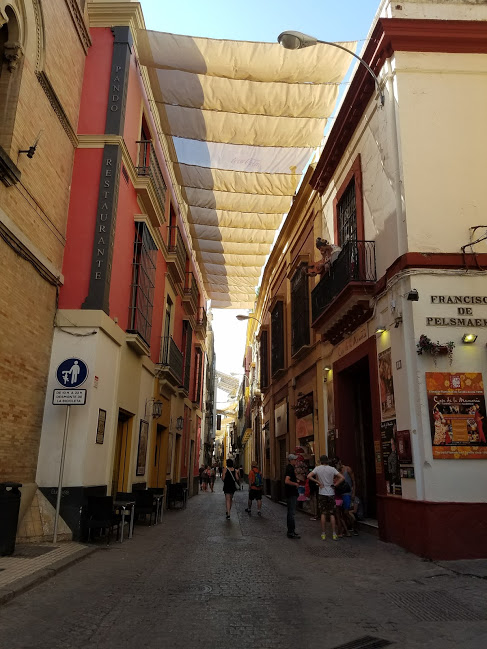
In the meantime, Seville wraps its arm around every new visitor, passionately, desperately yearning to recreate the sensation that its vanished lover once provided. Within the embrace of Seville’s longing, travelers find themselves bewitched. Seville permeates their stomachs, their souls, and their hearts.
And a love like that never happens with another city again. For there is only one Seville.
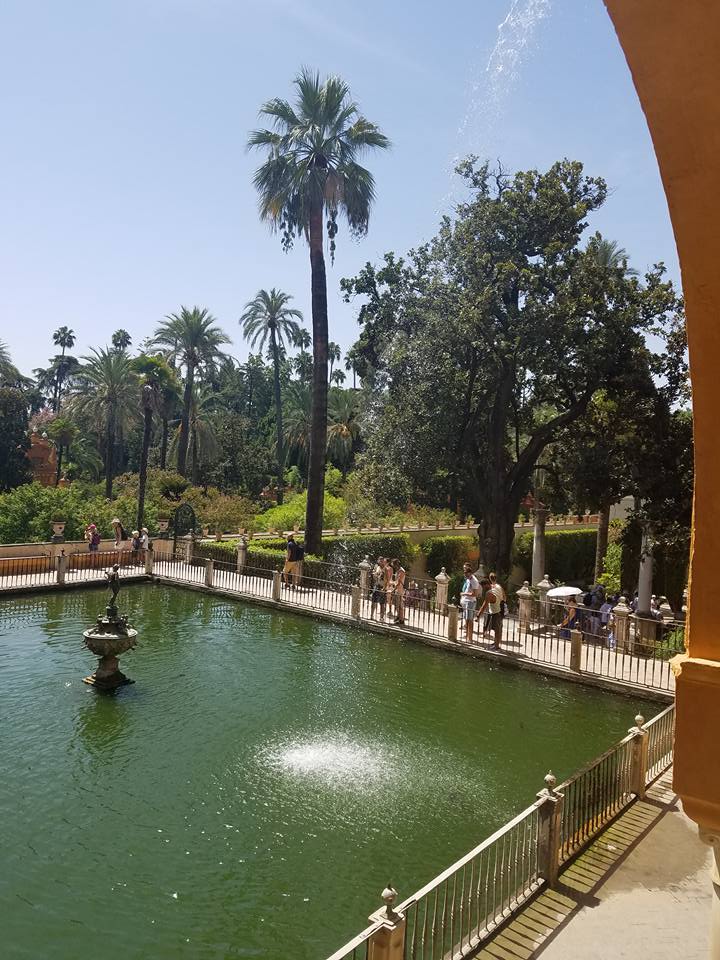
1. The Food in Seville.
Seville, ever the devoted lover, knows that the way to a man’s (and a woman’s) heart is through their stomach. In this city, traditional Spanish dishes and ingredients are combined with those who once called the city home, folks like the gypsies and the Jews and the Moors from northern Africa. From all of that, we get delicious dishes like braised pork cheeks and oxtail that fall apart at the touch of a fork.
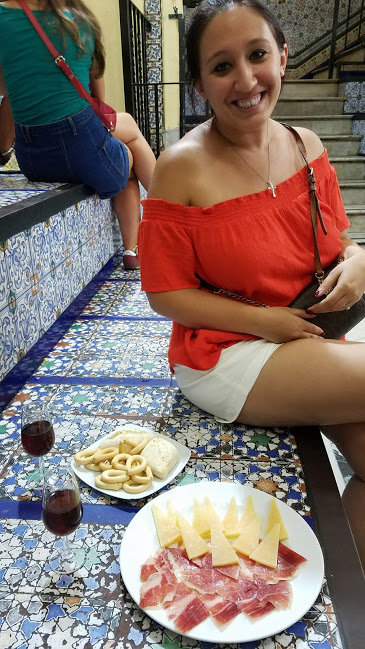
Creamy, tangy salmorejo is cold soup that still manages to be hearty enough to be comfort food. And, the sweet yet dangerous nectar of vino naranja is a must-try. I’ve created a list of my favorite dishes that I tried and where I found them, so you can try them too (or at least dream about trying them) if you click here.
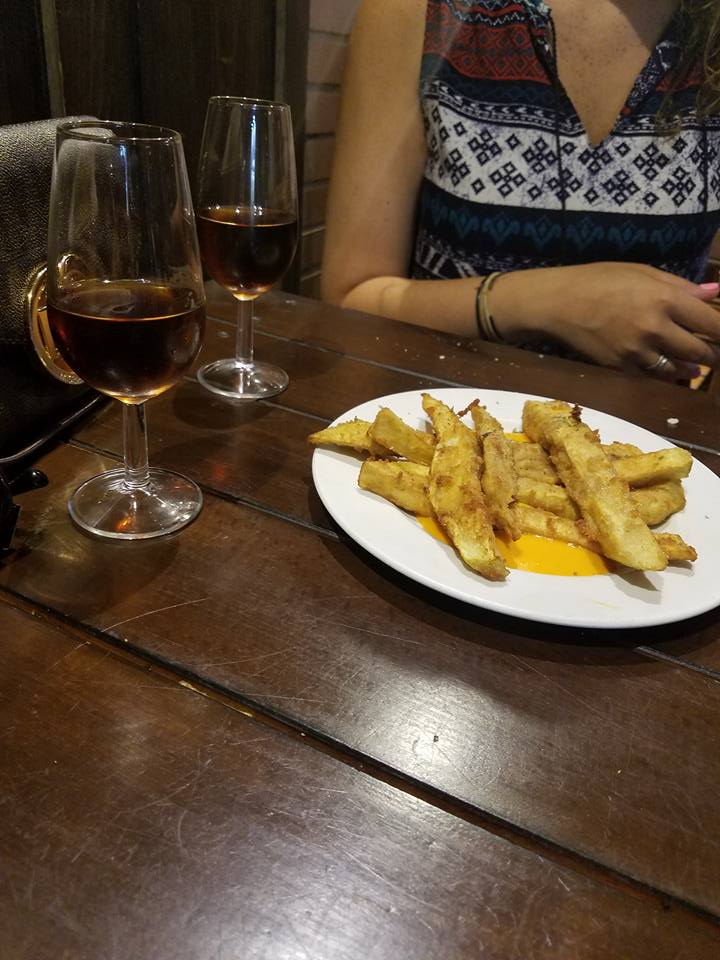
Seville’s tapas scene is the best in Spain. As a local told me, Sevillanos tend to live in smaller apartments, forgoing the best and newest furniture and appliances because, well, life is more important. To a Sevillano, money is better spent on tapas with friends every single night than a new dishwasher or couch. Therefore, you’ll always catch locals, even children, out very late eating, singing, laughing, and dancing. I think I want to come back as a Sevillano in my next life.
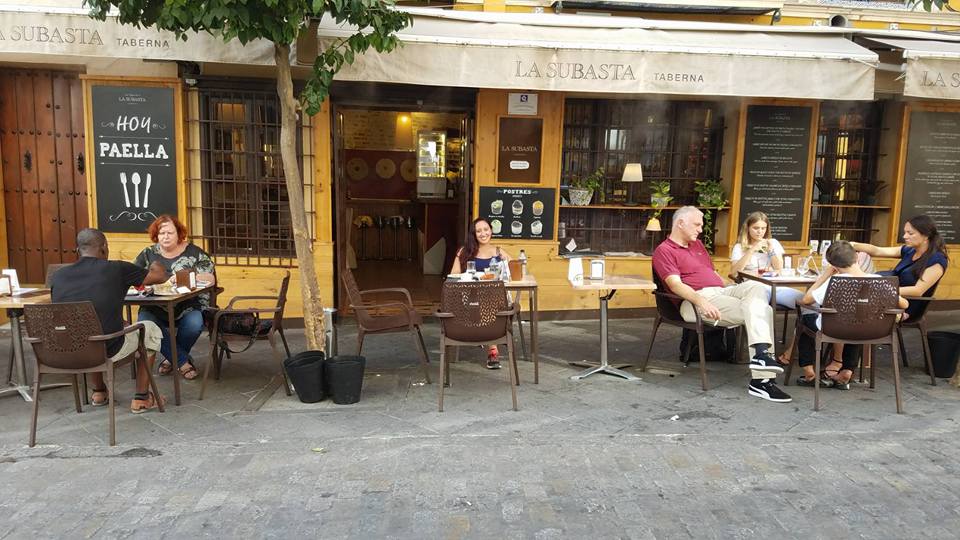
2. Flamenco.
The gypsies, or gitanos, or Roma, or traveling folks of Spain have left their mark on Andalusia in myriad ways. One of the most famous is the musical genre of flamenco. It’s an art form that combines song, dance, and musical instruments. Migrants from India brought many of the facets of flamenco that we see today (such as cymbals).
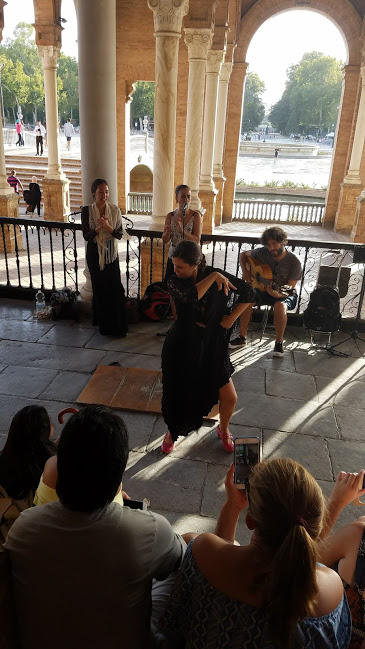
It’s really exciting to see the performers stomping with all of their effort in a very specific way to the cadence as the accompanying singer belts out a tune that is both enlivening and woeful. Even without knowing what the words mean, the longing and raspy sound penetrates straight into the hearts of the audience, as well as the dancer who maintains a composure that alternates between serious and passionate.
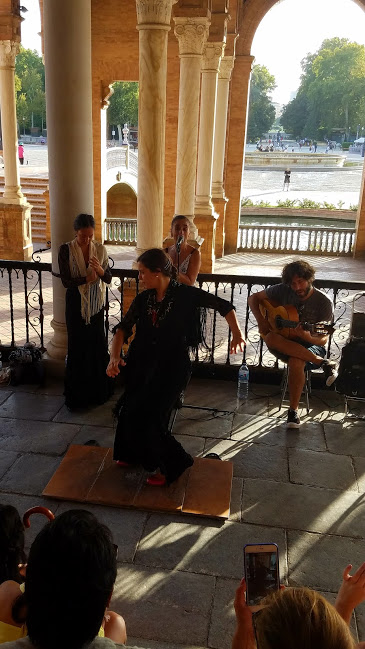
While many places in Spain boast flamenco shows, Seville is said to be the origin of the art form, so it’s best seen there. And if you can catch a performance done by actual Roma? That’s the height of a cultural experience. But be warned, they might keep you out until the sun rises!
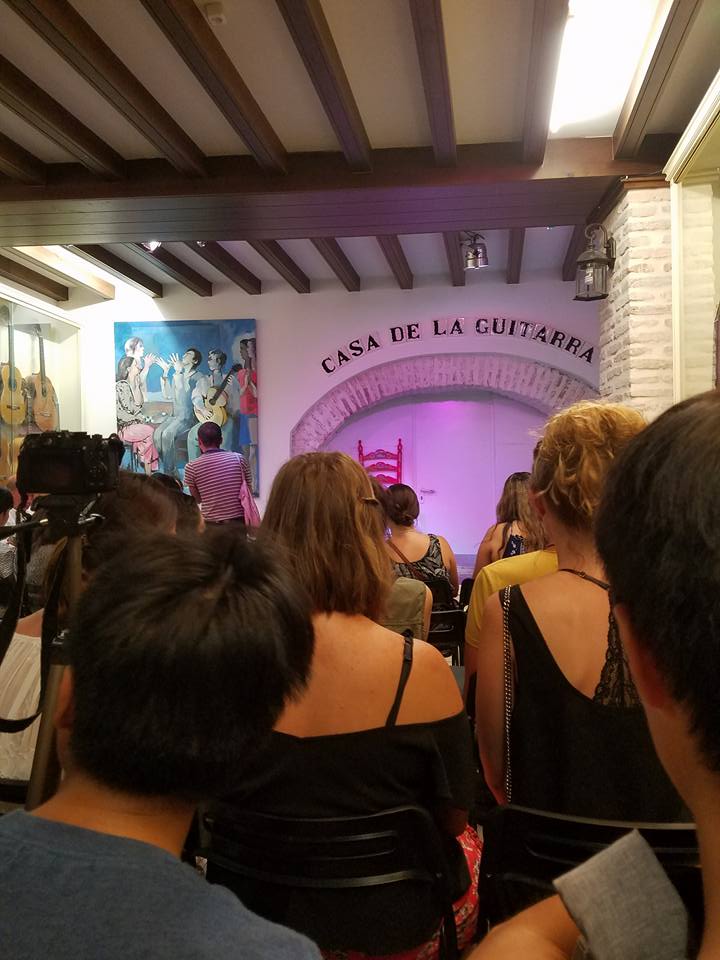
3. The Alcazar in Seville.
I think my biggest tip for visiting the infamous Alcazar would be to actually understand the history rather than just walk around. It’s a very storied history in that it claims to be the oldest continuously used royal residence in Europe. Taking some kind of tour or at least researching it beforehand would not be a bad idea.
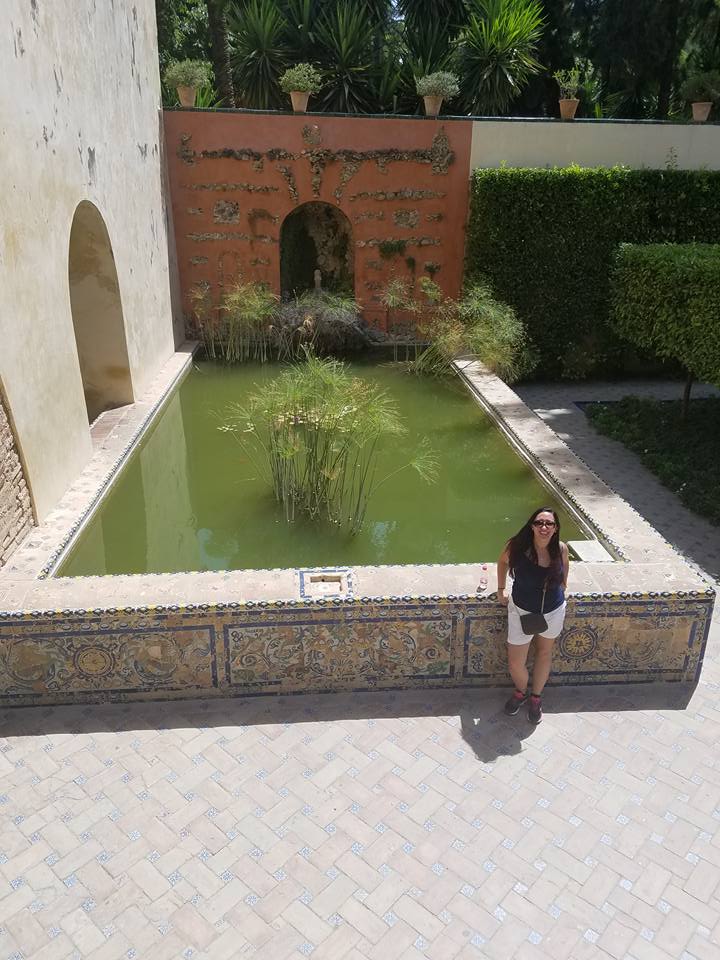
Even if you come armed with research and a guide, you probably won’t walk away completely understanding the history of the Alcazar — even the experts don’t. It was only recently that a secret crypt was found where the body of a very well-preserved five-year-old girl from a prominent family has been discovered!
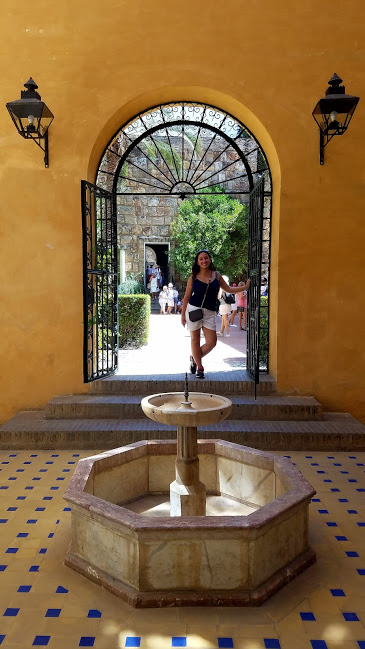
Beyond enjoying the history, the architecture of Seville is stunning. It’s jaw-dropping to see both Muslim and Christian architectural design in such close proximity.
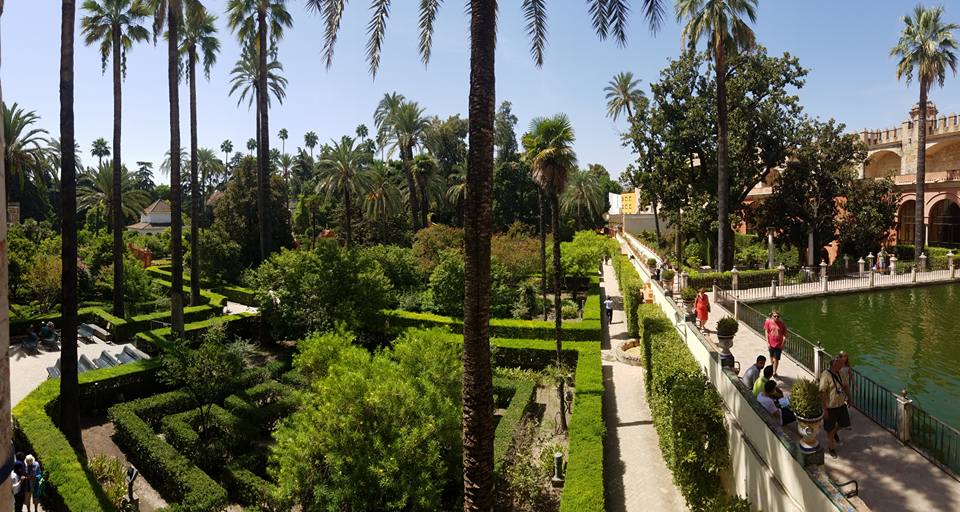
4. Plaza de Toros.
Another example of Roma/Gitano cultural diffusion is bullfighting. In Seville, you can still tour the “Plaza de Toros” or bullfighting ring, and sometimes, even catch a bullfighting event. As visitors, we had the opportunity to take a guided tour through the museum.
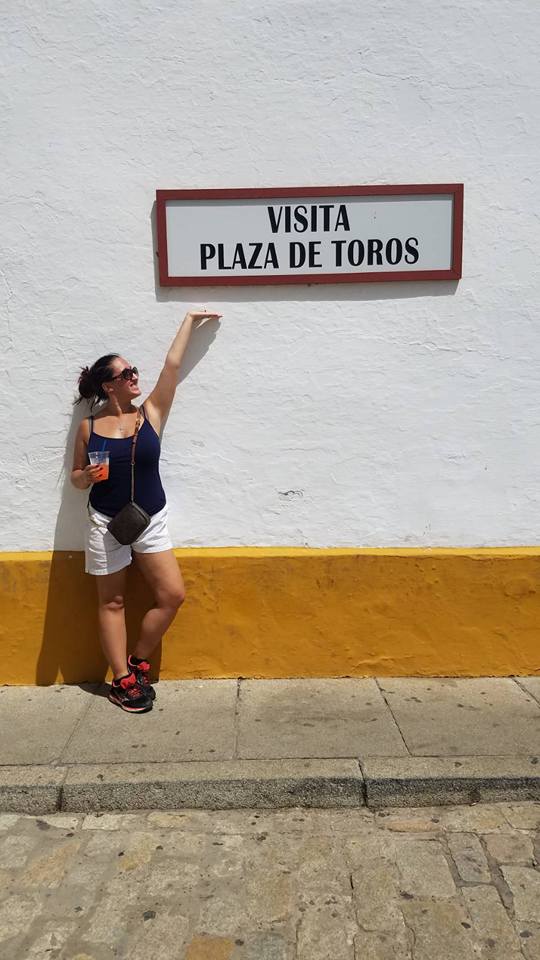
What was most surprising (although maybe it shouldn’t have been) was that there are some bullfighters who are as revered as more traditional athletes. Bullfighting has deep roots in Spain going back to at least 711 A.D. according to Frommer’s. So, however ‘woke’ and empathetic we might have become as a global society, it’s not easy to shake something so ingrained in the culture.
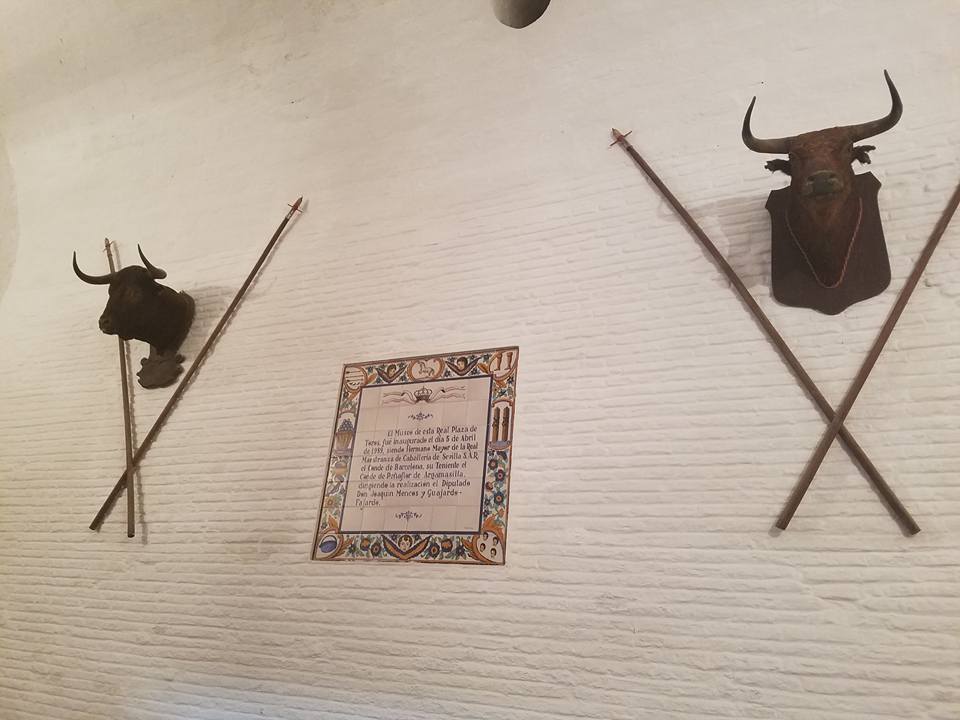
Another surprising fact (I’m just racking up naïveté points here) is that the entire animal is eaten after a bullfight. No part of the animal goes to waste, and it’s consumed as part of a grand celebration after a fight. The short tour through the museum is definitely educational as you can probably tell.
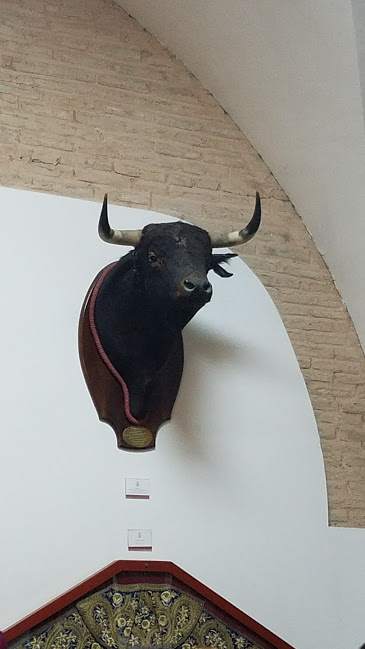
However, the really awesome part is roaming around the bullfighting ring. I know my heart skipped a beat when I got to imagine how the matador, as well as the poor bull, probably feel in that ring – especially on a 100-degree day like it was when we visited.
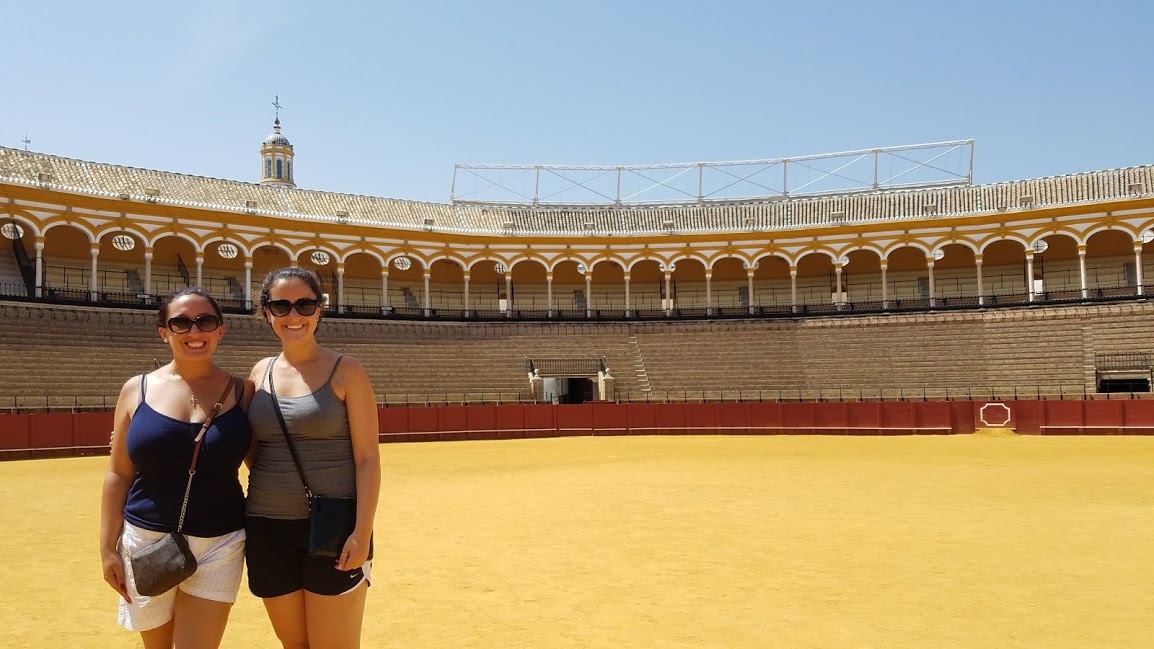
5. A ‘Gypsy’ Encounter in Seville.
For starters, I’m using the word ‘gypsy’ as most people know the demographic of traveling folks under that term. Depending on who you ask, ‘gypsy’ can be derogatory or the preferred word to use. Roma and traveling folks can also be substituted in.
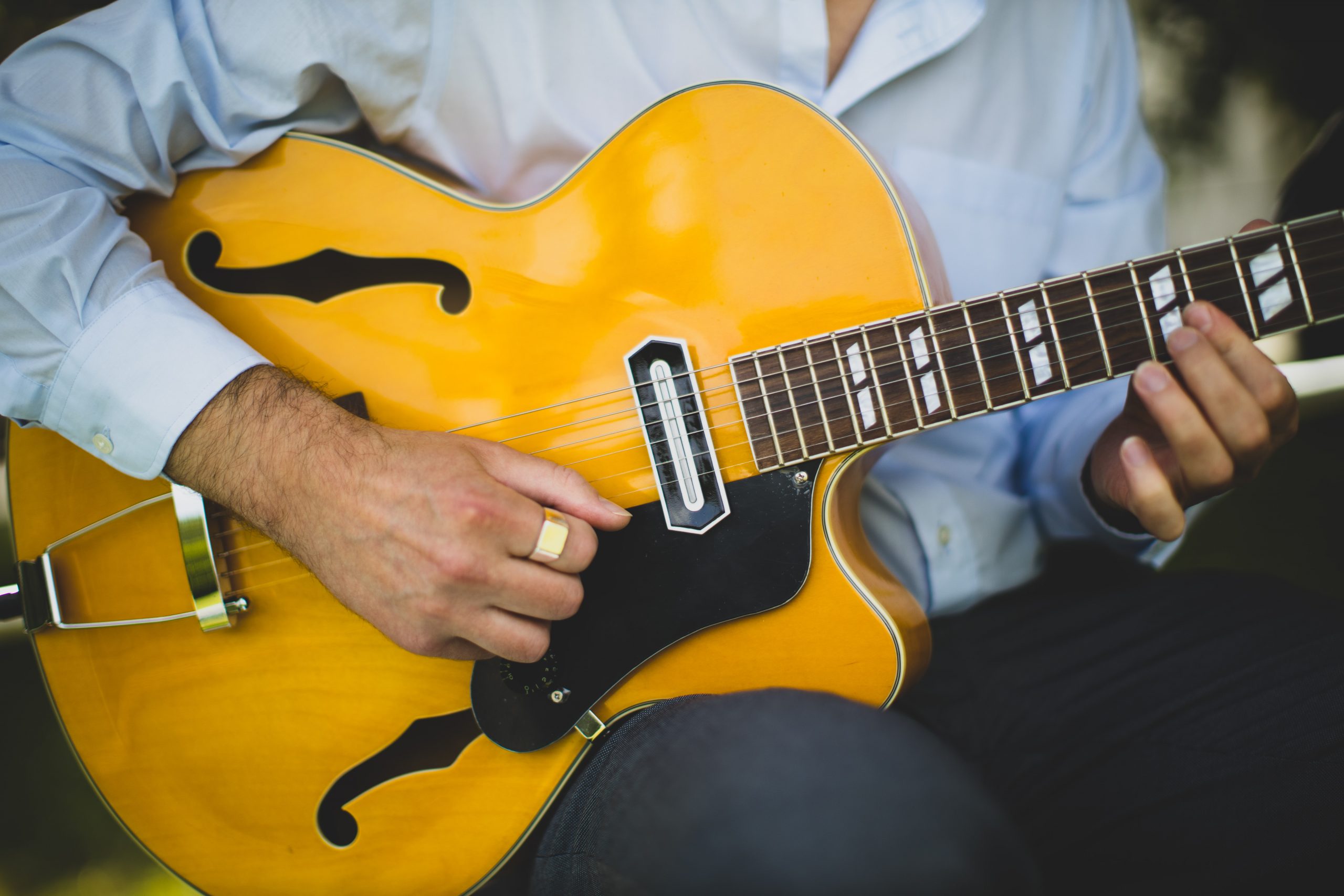
I’d heard about the gypsies in Spain. Specifically, that some are opportunists and will try to collect money from unsuspecting tourists. One trick involved tying a bracelet around a tourist’s hand very quickly, and asking them to pay for it. If the tourist said, ‘no’ or cut off the bracelet in protest, the gypsy would proclaim that their child or future children be cursed.
Not going to lie, pretty crafty!
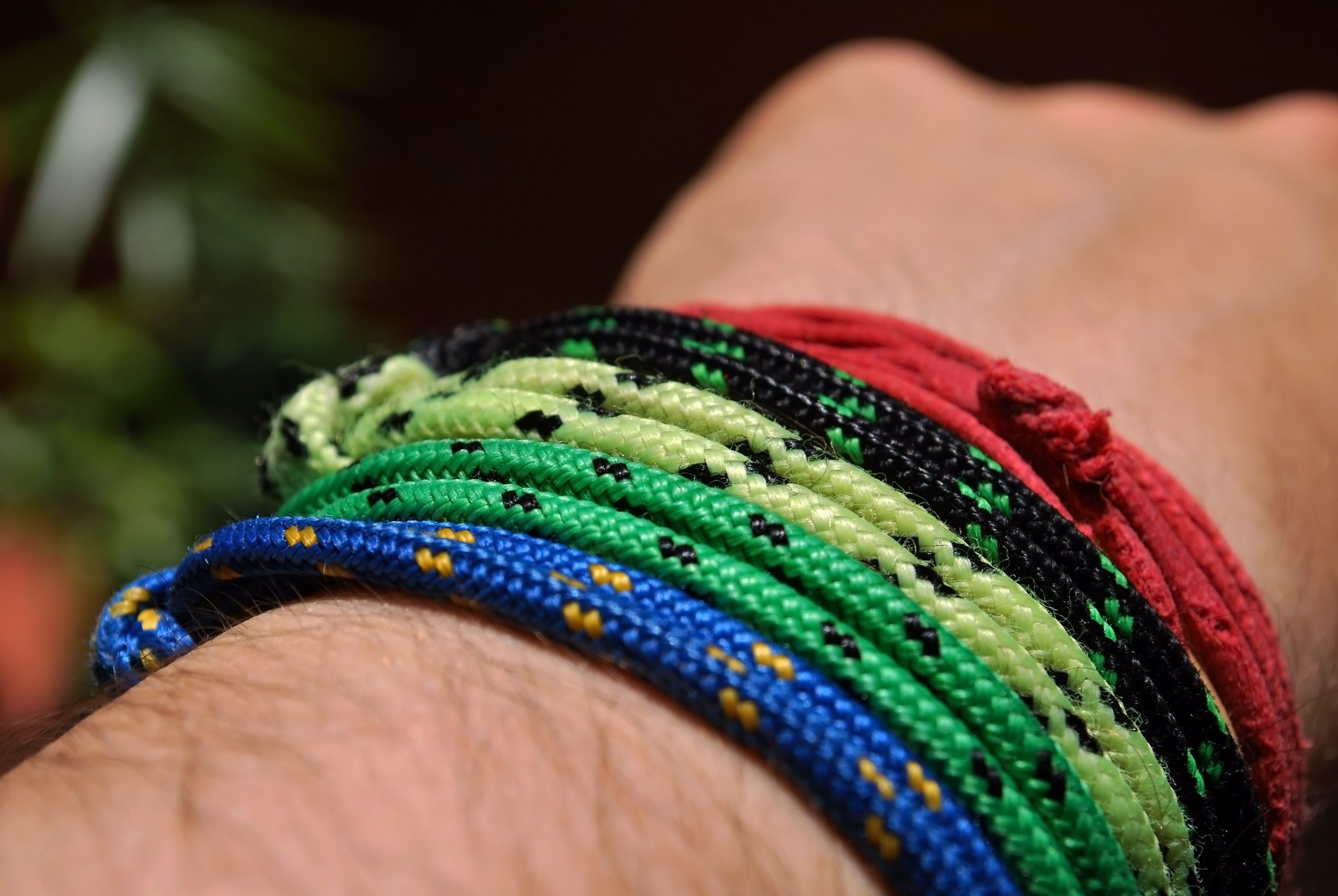
As we walked past a church, we noticed two women giving out what appeared to be palms. They said something about God’s blessing, I think it must have been something kind because it caught my attention enough to gaze at them. Both of us were seized by the wrists and given a ‘blessing’ with the palms…which quickly turned into a shakedown. And the palms were actually rosemary.
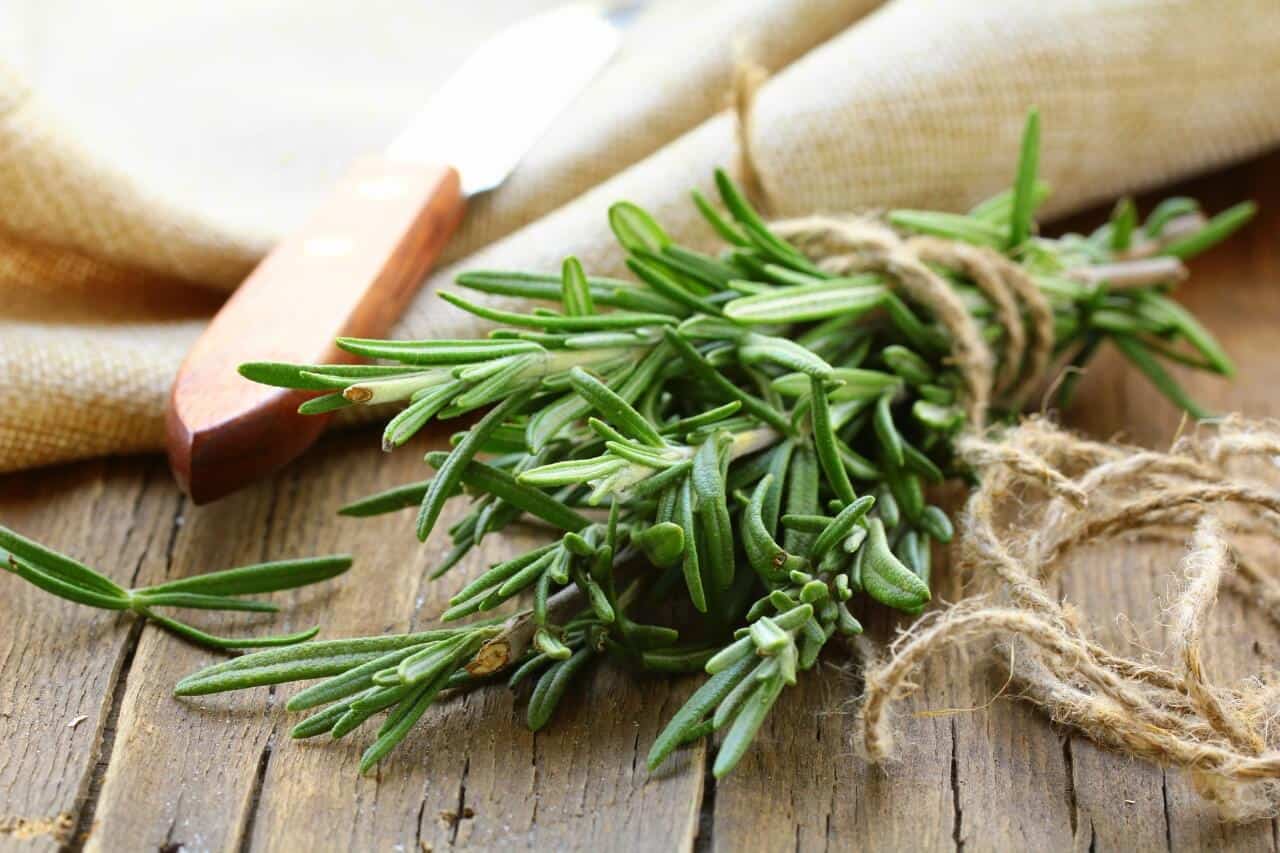
The gypsy woman demanded that I give her money for her blessing and the piece of shrub that she gifted me. I think I handed her a nickel and she clucked her tongue and began rummaging through my purse! Thankfully it was attached to me (whew for cross bodies!) When I tried to turn to my best friend for backup, she grabbed my face and said, “Don’t look over there! There’s no reason to look over there!”
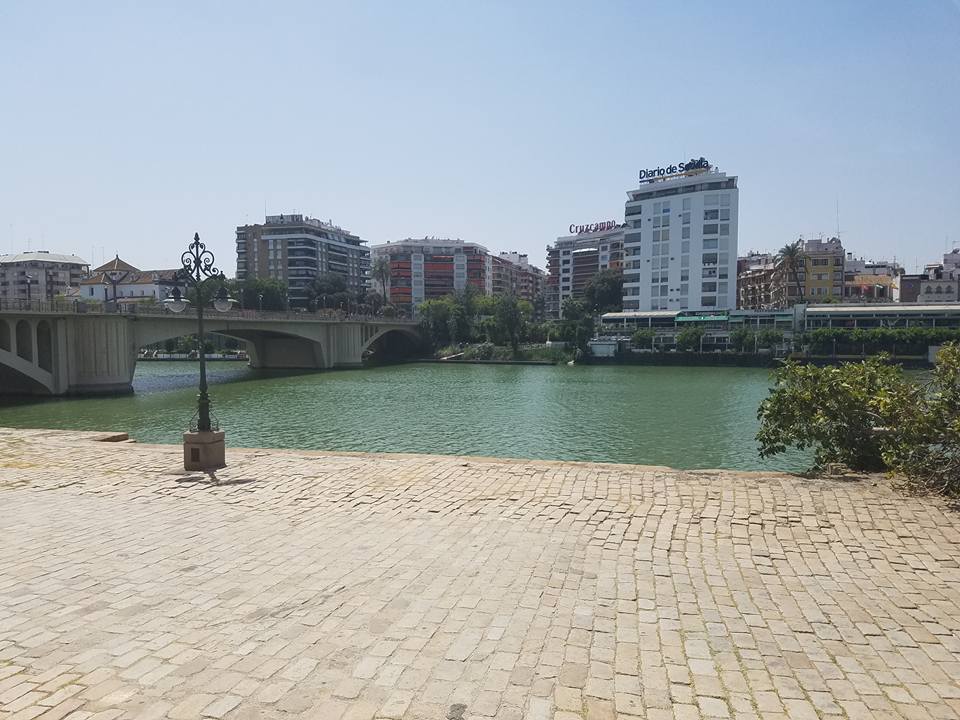
Luckily, We Got Away…Hopefully Not Cursed.
It wasn’t until a young man came over and screamed in her face, drawing some stares, that she let go. “If you put that branch down, you will be cursed!” She yelled toward me as I scurried away.
Amanda, my best friend, let hers go…but do you know I carried my damn branch all fucking day! I didn’t want to be cursed! I wrapped my sweaty, sticky fingers around that stick for dear life. When I wasn’t looking, Amanda ripped it from my hands and tossed it into the road.
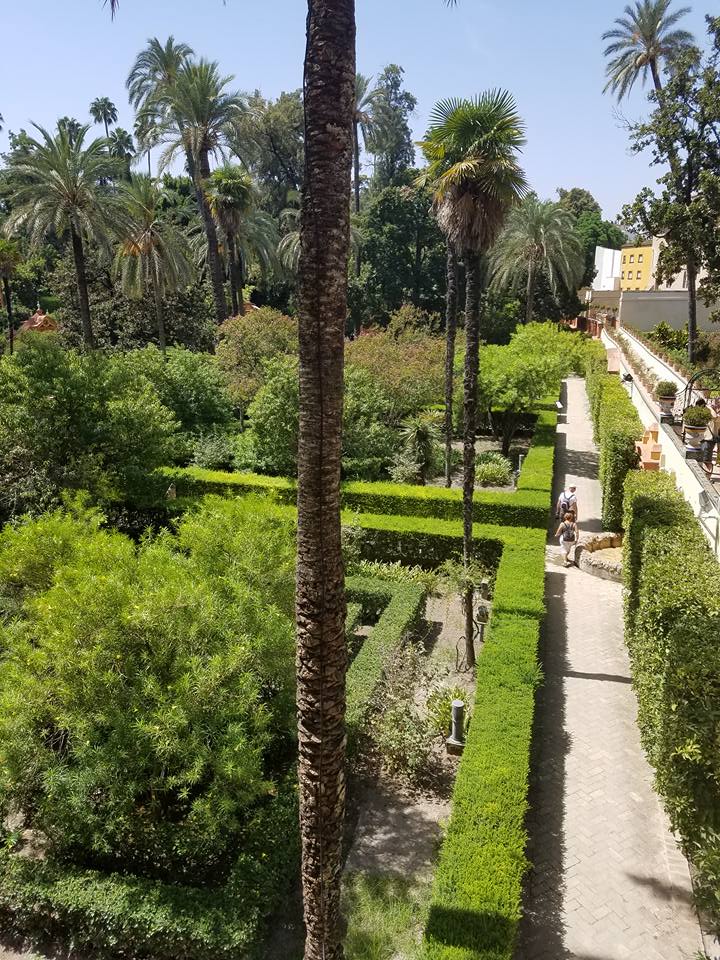


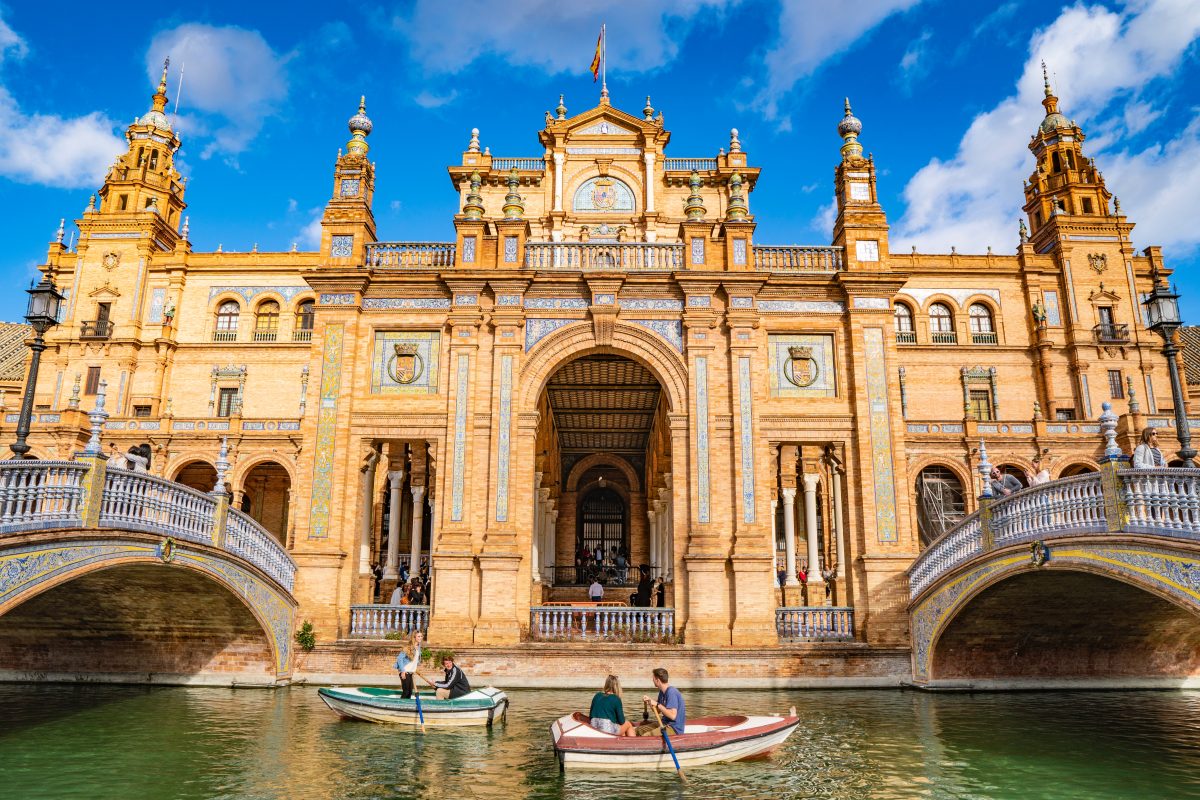

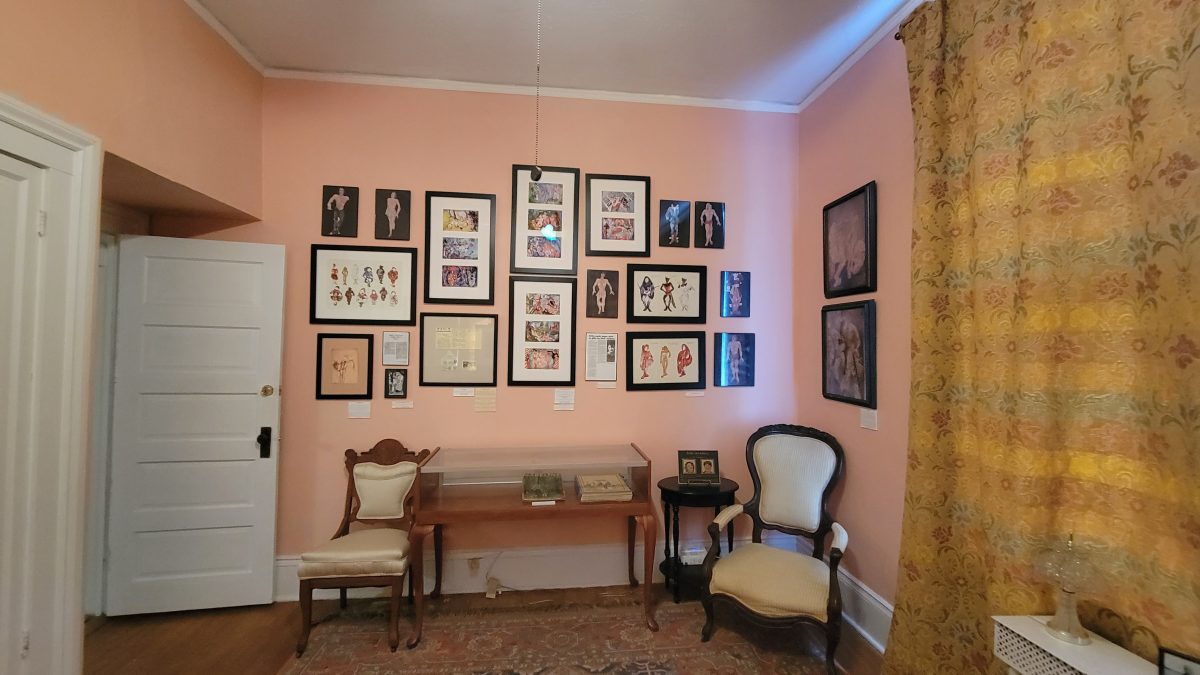
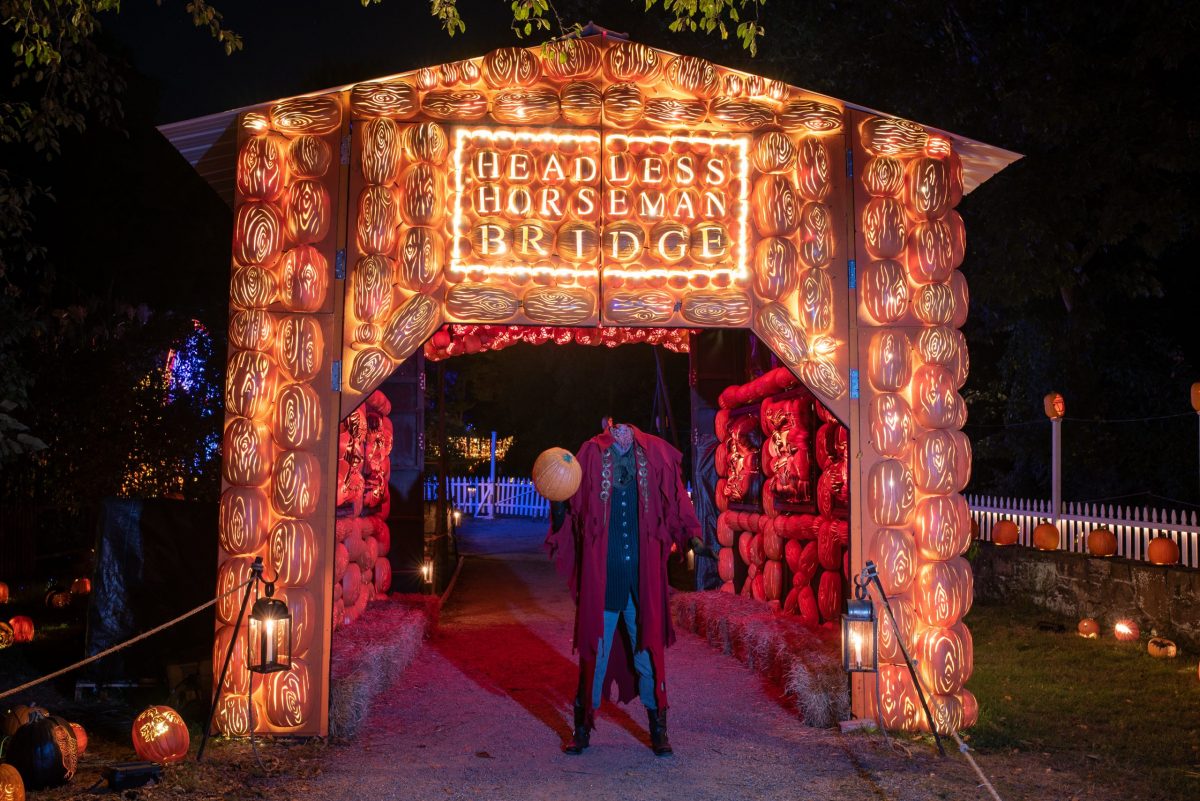
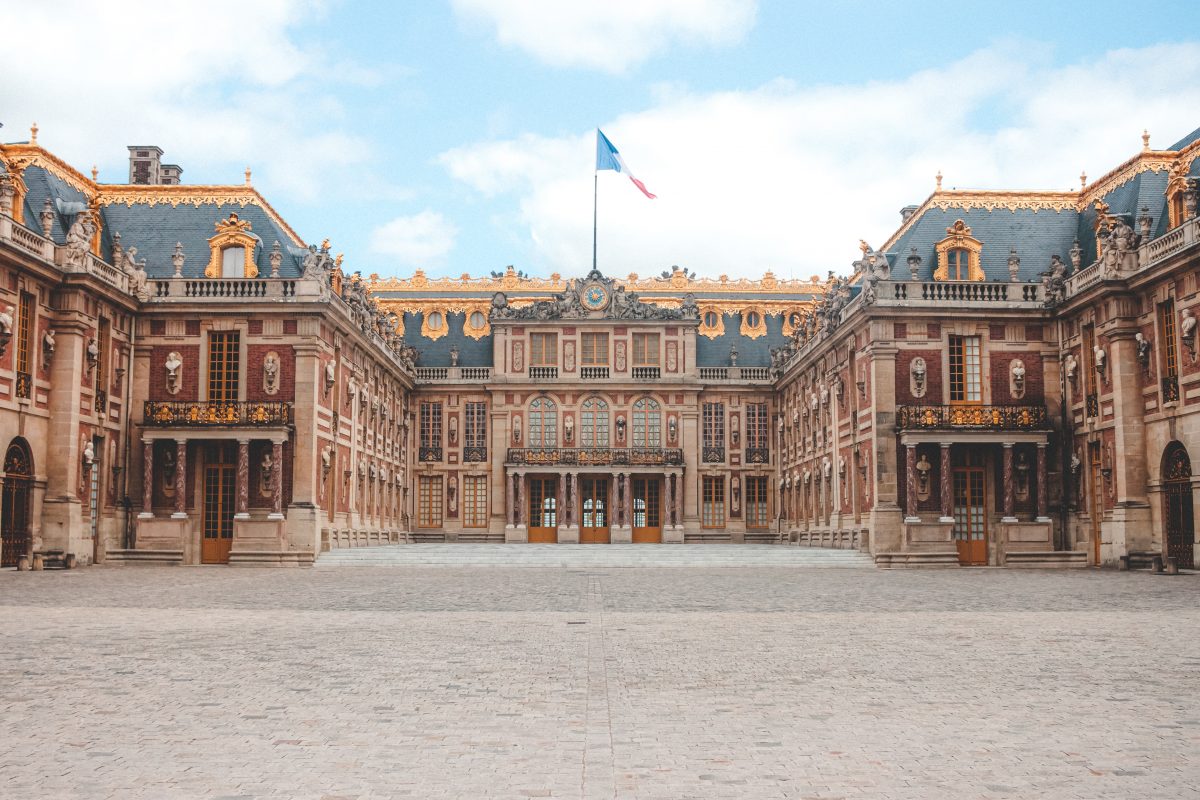
0 comment